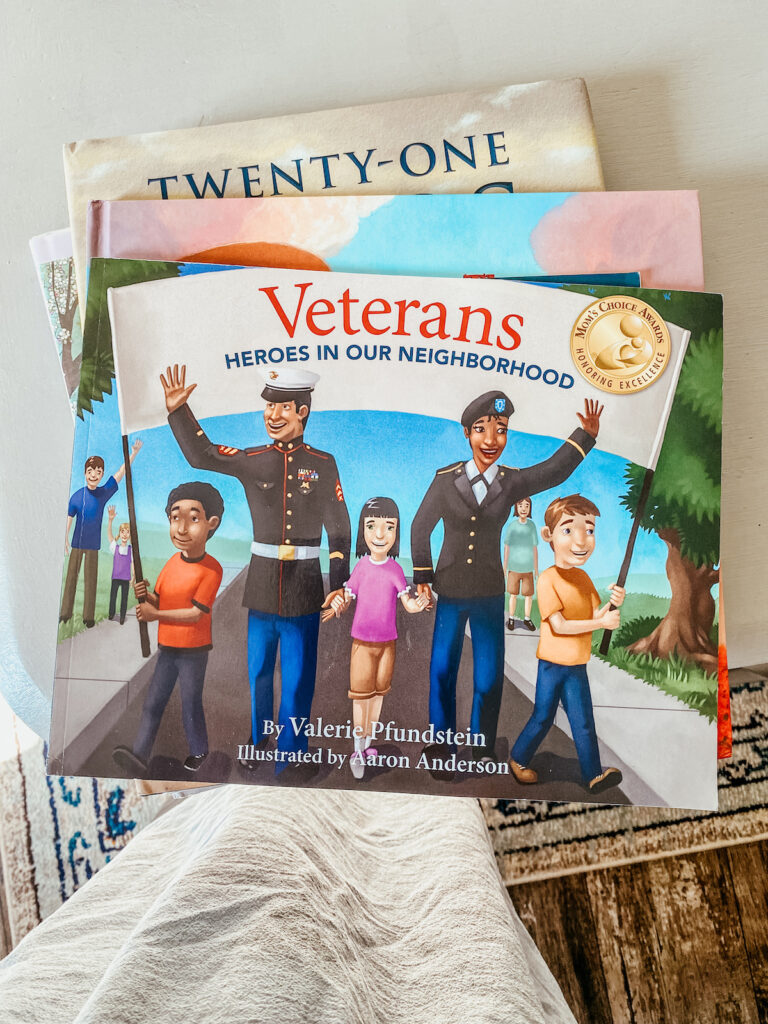Disclosure: Joyfully Domestic may earn a commission for purchases made after clicking links on this page. View our disclosure policy for details.
Dictation is a powerful yet often overlooked method in a classical Charlotte Mason education. Unlike traditional spelling drills and grammar worksheets, dictation allows children to learn spelling, punctuation, and sentence structure naturally. And through meaningful, well-written passages.
This method not only strengthens a child’s ability to write accurately but also deepens their appreciation for great literature and beautiful language.

What is Dictation?
Dictation is the practice of listening to a passage read aloud and then writing it from memory, focusing on correct spelling, punctuation, and grammar.
Charlotte Mason emphasized “prepared dictation,” meaning the child studies the passage beforehand to notice key elements before writing it from dictation.
You can find a lot of information and wisdom in “Home Education” by Charlotte Mason regarding spelling and dictation lessons, pages 240-243.
Why Dictation Works
Dictation is the natural next step in learning language arts in a classical Charlotte Mason education. And this is the beginning of spelling and grammar introduced in form 2 before moving to compositions in forms 4-5.
Dictation is effective because it engages multiple learning processes at once:
- Spelling in Context: Instead of memorizing isolated word lists, children internalize spelling patterns through real sentences.
- Grammar and Punctuation Mastery: Exposure to well-structured sentences naturally reinforces proper mechanics.
- Attention and Memory: Dictation requires focus, listening skills, and recall, strengthening a child’s mental habits.
- Writing Fluency: By studying and writing high-quality passages, children develop confidence and skill in composition.

How to Use Dictation in Your Homeschool
Implementing dictation is simple and requires minimal preparation:
- Select a Quality Passage – Choose a sentence or short paragraph from a well-written book, poem, or Scripture. There are many pre-made options available. However, it is best to select suitable portions from the student’s own schoolbooks.
- Prepare the Student – Have your child read the passage, notice spelling and punctuation, and practice difficult words. Ask them if there are any words they are unfamiliar with and write them on the blackboard for them to study. Suggest to take a mental image in their “minds eye”.
- Read and Write – Read the passage aloud slowly while your child writes it down carefully.
- Check and Correct – Review the work together, allowing the child to notice and fix any mistakes.
It is also important to choose passages that are not too easy but not too hard.
“Dictation lessons, conducted in some such way as the following, usually result in good spelling. A child of eight or nine prepares a paragraph, older children a page, or two or three pages. The child prepares by himself by looking at the word he is not sure of, and then seeing it with his eyes shut. Before he begins, the teacher asks what words he thinks will need his attention. He generally knows, but the teacher may point out any word likely to be a cause of stumbling. He lets his teacher know when he is ready. The teacher asks if there are any words he is not sure of. These she puts, one by one, on the blackboard, letting the child look til he has a picture, and then rubbing one word out…
Charlotte Mason, “home education” p. 243
Then the teacher gives out the dictation, clause by clause, each clause repeated once.
Overcoming Dictation Challenges
- Fear of Making Mistakes: Encourage your child to see errors as part of the learning process.
- Choosing the Right Passages: Start with shorter sentences for beginners and increase length gradually. Use good living books that is a part of the child’s lessons.
- Struggling with Retention: Allow your child to look at the passage before writing to build confidence. Follow the methods of a dictation lesson as outlined by Charlotte Mason, and help the child to prepare by writing difficult words out on the blackboard for them to study before the dictation. Keep the lessons short — about 10-20 minutes for forms 1-3.
Charlotte Mason Language Arts Posts
Read more about our approach to language arts in our classical Charlotte Mason homeschool.
- The Art of Narration in a Classical Charlotte Mason Education
- Copywork: Simple Transcription in a Classical Charlotte Mason Education
- Dictation: Spelling + Grammar in Classical Charlotte Mason Education (this post)
- The Foundations of Language Arts in a Classical Charlotte Mason Education
Resources for the Mother-Teacher
- Home Education by Charlotte Mason
- Parents’ Review Article: “Notes of Lessons” by Josephine M. Wilkinson
- The Home Education series by Charlotte Mason
We use these notebooks for written narrations, dictation, and copywork. They are simple quality but with beautiful covers. I let my children pick which ones they love each year.
More posts about Charlotte Mason language arts:
- The Art of Narration in a Classical Charlotte Mason Education
- Copywork: Simple Transcription in a Classical Charlotte Mason Education
By incorporating dictation into your homeschool, you are giving your child an invaluable tool for mastering spelling, grammar, and composition naturally.
This simple practice, when used consistently, will transform the way your child engages with language and writing, making it a cornerstone of their education.
What stands out to you from these ideas?
I hope that you found this post helpful. And I’d love to hear what resonates most! Tell me what you’d add to this list of favorite methods of dictation lessons in the comments section below!





